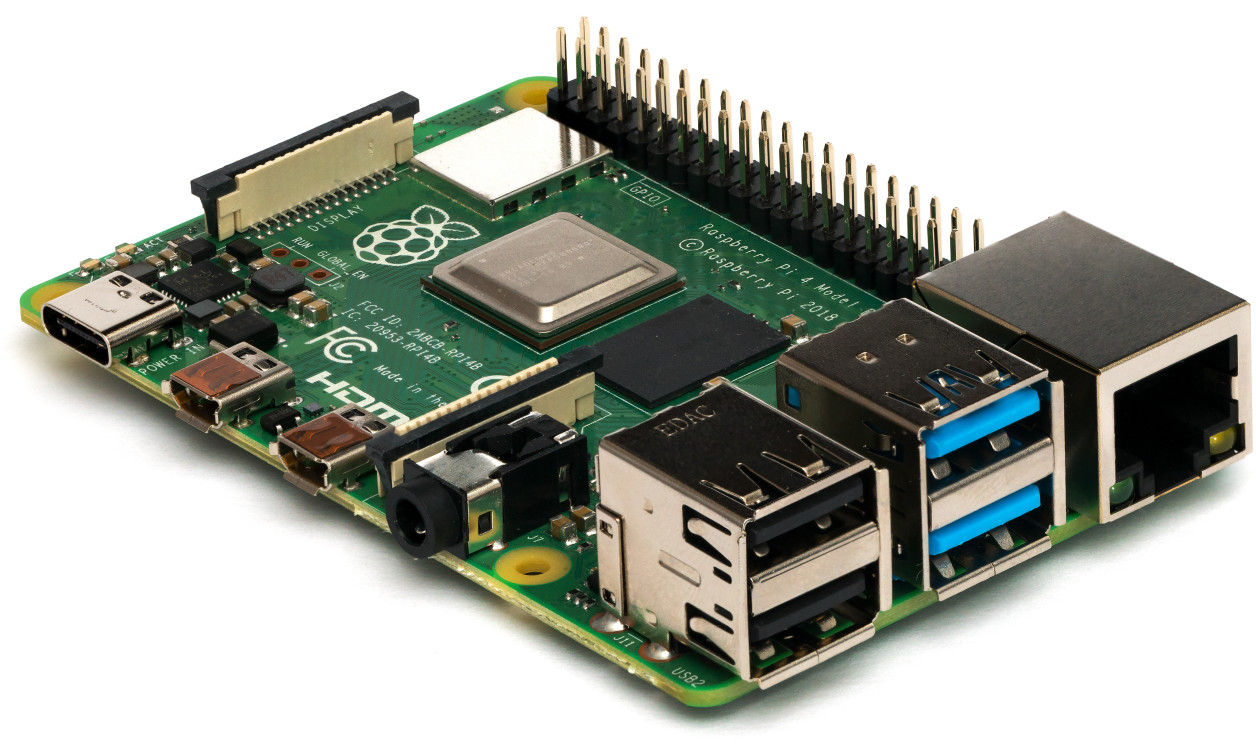Raspberry Pi, a popular and versatile single-board computer, has gained widespread popularity among technology enthusiasts, hobbyists, and professionals alike. Running on the Linux operating system, the Raspberry Pi offers a command-line interface that allows users to interact with the system through the Bash shell. Whether you’re a Raspberry Pi beginner or looking to enhance your command-line skills, understanding the fundamental Bash commands is crucial.
In this blog post, we will explore ten essential Bash commands that are indispensable for anyone starting their journey with Raspberry Pi. These commands will empower you to navigate the file system, manipulate files and directories, edit files, and perform other important tasks from the command line.
So, let’s dive in and discover the key commands that will pave the way for your Raspberry Pi adventures!
ls: Lists the files and directories in the current directory.cd: Changes the current directory. For example,cd /home/piwill switch to the « pi » user’s home directory.pwd: Prints the current working directory (the directory you are currently in).mkdir: Creates a new directory. For example,mkdir myfolderwill create a directory called « myfolder » in the current directory.rm: Removes files or directories. Be cautious when using this command as it permanently deletes the specified file or directory. For example,rm myfile.txtwill delete a file called « myfile.txt ».cp: Copies files or directories. For example,cp myfile.txt /path/to/destinationwill copy « myfile.txt » to the specified destination.mv: Moves or renames files or directories. For example,mv myfile.txt /path/to/destinationwill move « myfile.txt » to the specified destination or rename it if the destination has a different name.nano: Opens the Nano text editor, allowing you to create or edit files. For example,nano myfile.txtwill open « myfile.txt » for editing.chmod: Changes the permissions of files or directories. It is often used to make scripts executable. For example,chmod +x myscript.shmakes the script « myscript.sh » executable.sudo: Executes a command with superuser (administrative) privileges. This command is used when you need to perform tasks that require elevated privileges. For example,sudo apt-get updateupdates the system’s package lists.
Mastering the Bash commands mentioned in this blog post will significantly enhance your productivity and efficiency when working with a Raspberry Pi. By gaining a solid understanding of these essential commands, you’ll be able to navigate the file system, create and edit files, manage directories, and execute various tasks effortlessly.
Remember to practice and explore further to expand your command-line skills. The Raspberry Pi ecosystem offers a wealth of possibilities, and having a strong command over the Bash shell will unlock new opportunities for your projects and endeavors.
So, go ahead, dive into the world of Raspberry Pi, and unleash the true potential of this remarkable single-board computer with these fundamental Bash commands at your fingertips!

Laisser un commentaire
Vous devez vous connecter pour publier un commentaire.